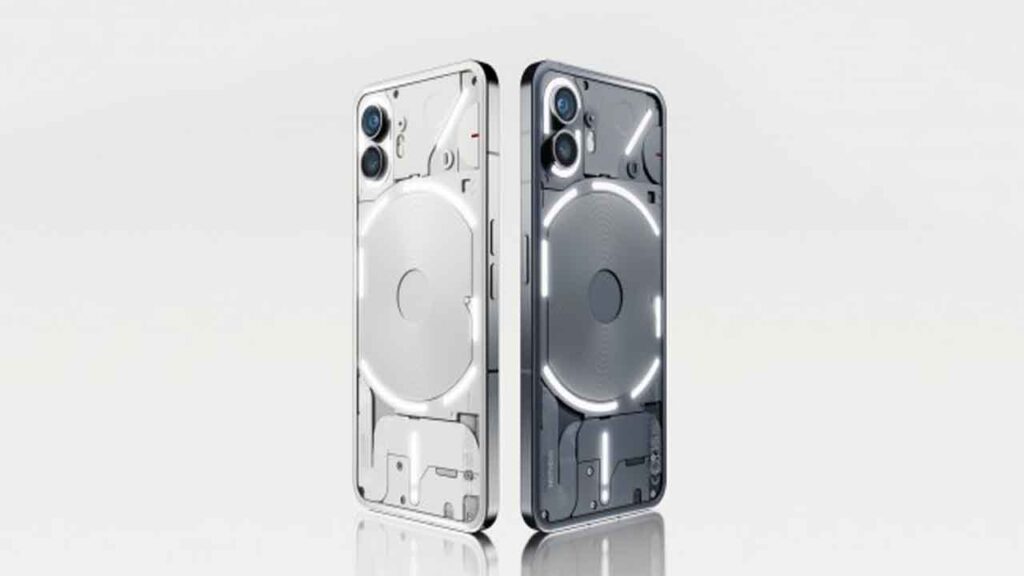What is Nuclear Battery: The world is constantly looking for new and innovative ways to generate energy, and nuclear batteries have emerged as a promising option. Also known as radioisotope thermoelectric generators (RTGs), nuclear batteries use the natural decay of radioactive materials to produce electricity. They are being touted as a revolutionary energy source for the future and have the potential to power everything from remote sensors to space probes.

How Nuclear Batteries Work
Nuclear batteries use a process called thermoelectric conversion to generate electricity. The battery contains a small capsule or container filled with a radioactive material, such as plutonium-238. As the radioactive material decays, it emits high-energy particles that generate heat. The heat is then used to generate electricity through a thermocouple, which is a device made up of two different metals that generate an electric current when exposed to a temperature difference.
One end of the thermocouple is placed in contact with the radioactive material, while the other end is exposed to the surrounding environment, creating a temperature difference that generates electricity. Unlike conventional batteries that rely on chemical reactions, nuclear batteries generate electricity using the heat produced by the natural decay of radioactive materials. They are highly reliable and can last for decades, making them ideal for use in remote or inaccessible locations.
Applications of Nuclear Batteries
Nuclear batteries are already being used in various applications, including:
Spacecraft – Nuclear batteries are used to power spacecraft and deep space probes that operate in environments where solar panels are not feasible. They are also used in rovers on the surface of Mars.
Remote sensors – Nuclear batteries are ideal for powering remote sensors used in environmental monitoring, wildlife tracking, and security applications. They can operate for years without the need for maintenance.
Medical implants – Nuclear batteries are being explored as a power source for medical implants such as pacemakers and artificial hearts.
Advantages of Nuclear Batteries
Nuclear batteries offer several advantages over conventional batteries, including:
Long lifespan – Nuclear batteries can last for decades, making them ideal for applications where maintenance is difficult or impossible.
High reliability – Nuclear batteries are highly reliable and can operate in extreme environments, such as outer space.
Compact size – Nuclear batteries are very small and lightweight, making them ideal for use in small devices and sensors.
Low maintenance – Nuclear batteries require little to no maintenance, reducing the need for regular replacements.
Eco-friendly – Nuclear batteries do not produce harmful emissions or waste, making them a more eco-friendly energy source.
Challenges and Concerns
Despite the many benefits of nuclear batteries, there are still several challenges and concerns that need to be addressed. One of the main concerns is the potential environmental and health risks associated with the use of radioactive materials. Special care must be taken to ensure that the batteries are handled and disposed of safely to prevent any harm to people or the environment.
Another challenge is the high cost of producing nuclear batteries, as they require expensive materials and complex manufacturing processes. However, as the technology improves and production scales up, the cost of nuclear batteries is expected to come down.
Conclusion



